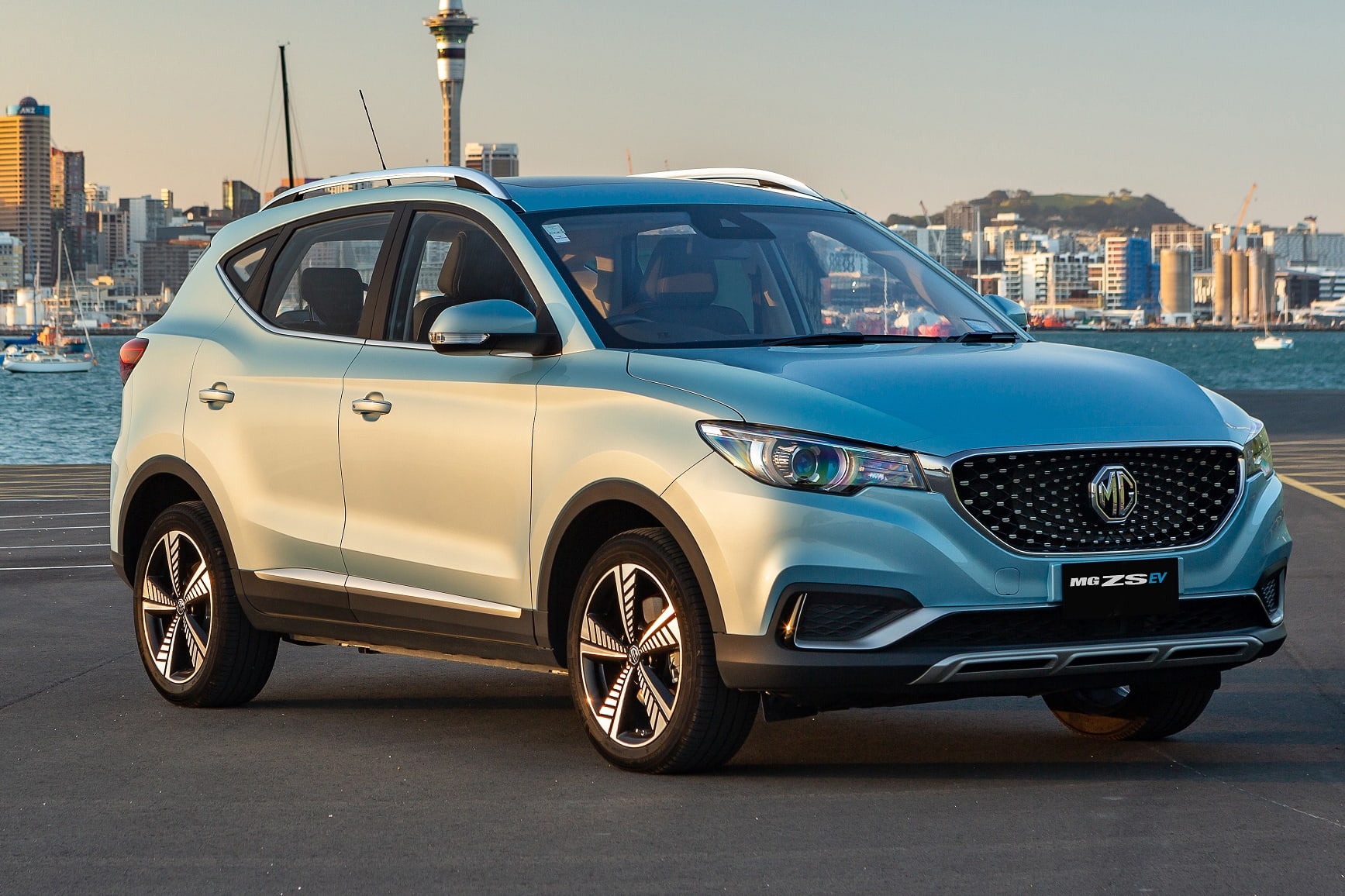
Toyota may dominate the new-car sales charts but none of its vehicles features among the top 20 fastest-sellers in Australia.
Instead, it’s MG leading a big charge from the Chinese auto brands.
We’ve used the latest VFACTS industry data to compile a list of the vehicles growing the fastest in the country.
Our top 20 focuses only on passenger cars, SUVs and utes, and any model selected has a sales volume exceeding 250 units.

We have also sifted out models which have big year-to-date percentage increases skewed for a certain reason – such as a new-generation version launching close to the middle of 2020.
This applies, for example, to two French compact SUVs which are now available in new-generation guises. The Peugeot 2008 (up 319 per cent) and Renault Captur (up 757 per cent) were essentially absent from showrooms – apart from some outgoing stock – in the first half of 2020.
There are several notable all-new models which are too new for a sales comparison with the first half of 2020 but have made strong starts in the market.
The Toyota Yaris Cross already has 4214 sales to its name, placing it second in the highly competitive light-SUV segment led by the Mazda CX-3.
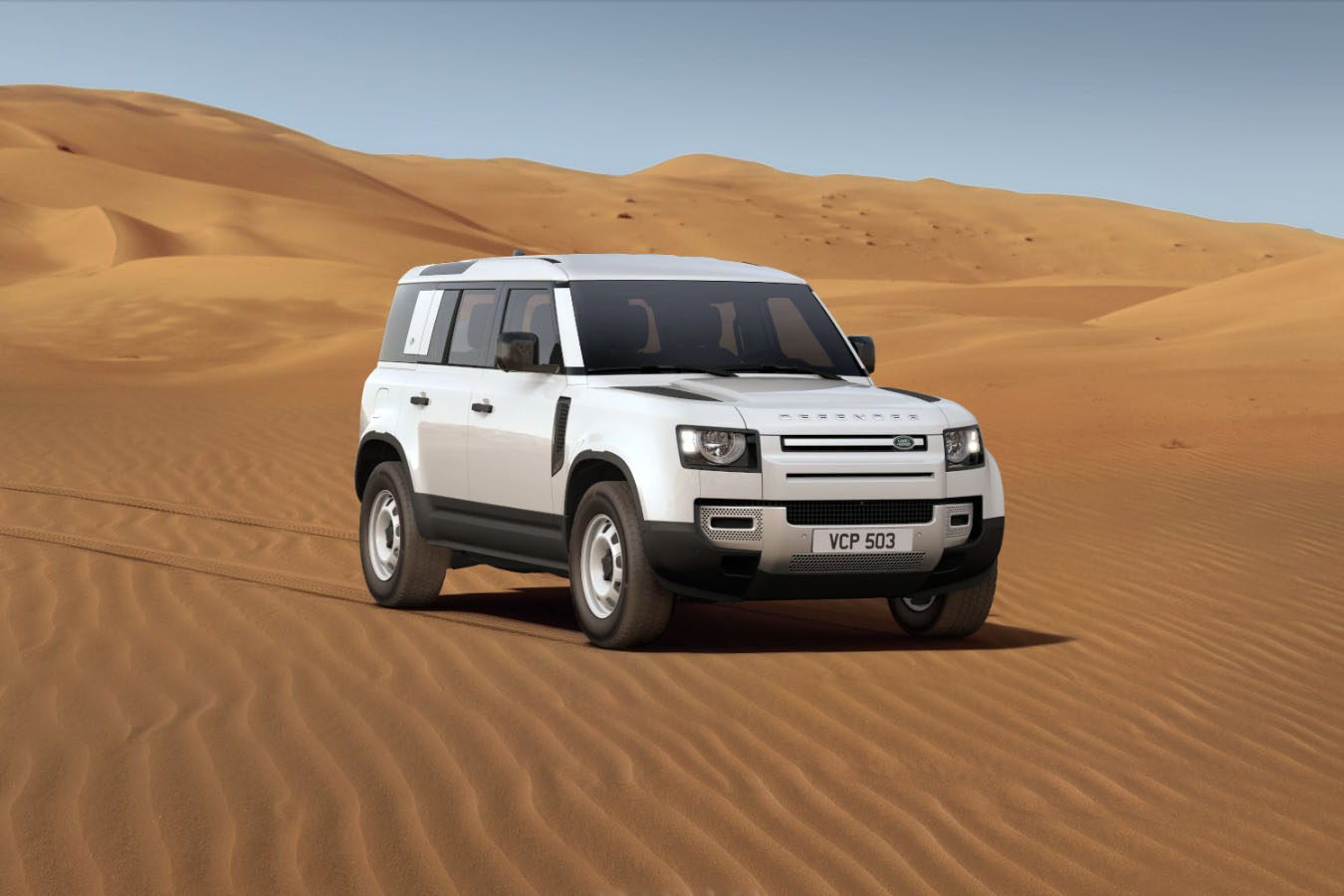
Land Rover’s all-new Defender has established itself as the company’s second-best-selling model so far in 2021, with 912 units behind only the 1155 units of the Range Rover Sport. Could the shorter, slightly cheaper 90 version joining the 110 from July help make the Defender number one?
A surprise mover in the Mercedes-Benz camp is the GLB 5+2-seater SUV, which, with 2006 units year to date, sits only behind the C-Class and A-Class in the German brand’s sales pecking order.
Porsche Australia is also likely to be satisfied with 369 sales so far for the sports car brand’s first ever fully electric model – the Taycan.
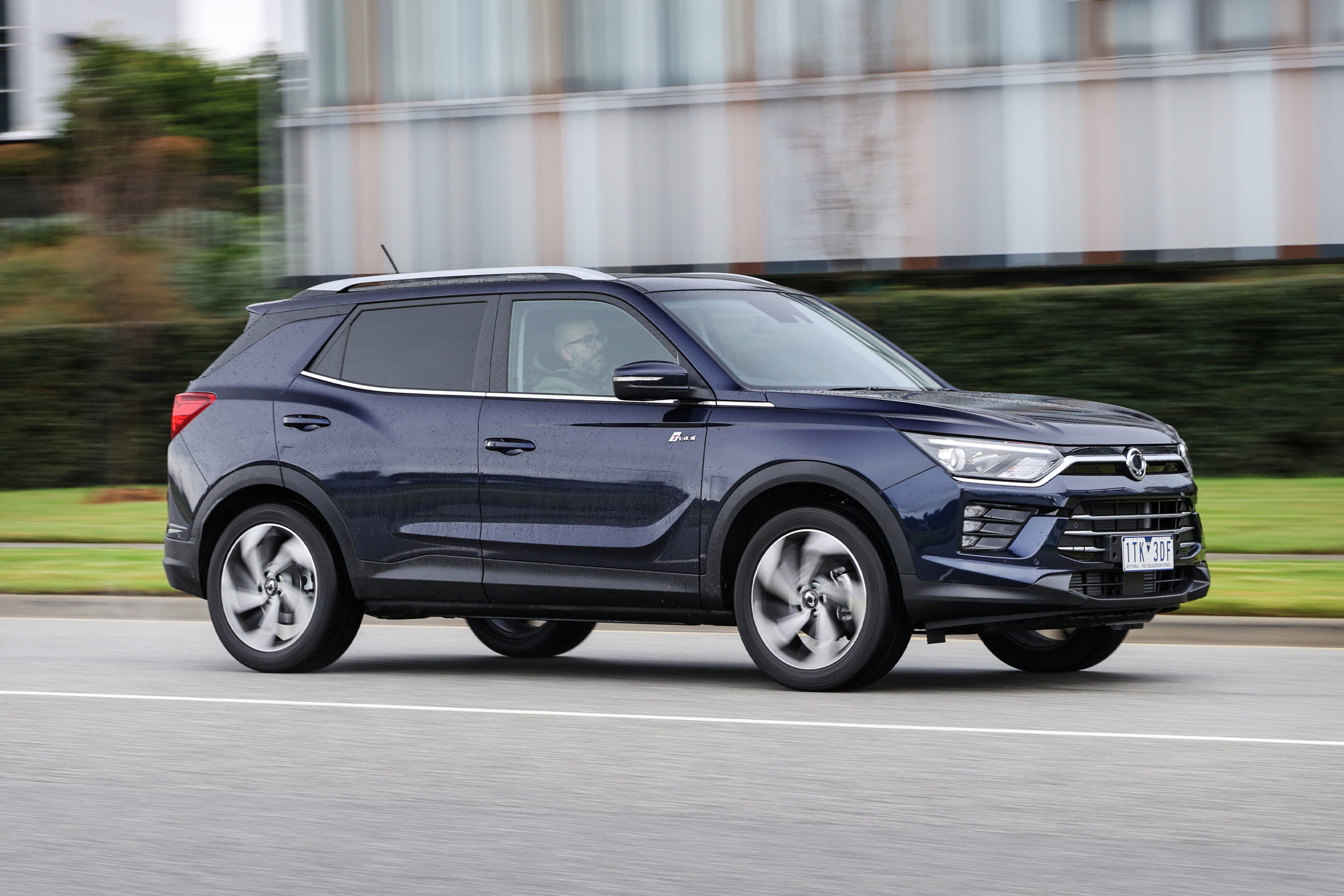
Mercedes’s first electric model to be sold in Australia, the EQC SUV, is up 127 per cent year-to-date and among a range of low-volume, big-growth heroes.
These include a few limos. The latest-generation Mercedes S-Class is up 132 per cent (137 registrations), the Audi A8 is up 100 per cent (16 units) and Italy’s Maserati Quattroporte is up 200 per cent (if just nine units).
SsangYong would have three models in the top 20 without our 250-unit limit. Its Korando SUV (201 units to date) is up 154 per cent.
And just in case you are curious about vans, LDV’s G10 is up 162 per cent (to 1517 units) to place it ahead of the Renault Trafic, and not too far off the Ford Transit Custom which is third in the 2.5T-3.5T segment with 1878 units (up 52 per cent).
Volkswagen’s updated Transporter is up 129 per cent (997 units), and the Peugeot Partner is up 111 per cent in the smaller under 2.5T van segment – though still trailing its two rivals, the Renault Kangoo and VW Caddy.
Here, though, is the top 20 list of genuine fast-climbers in Australia’s new-car sales wars.
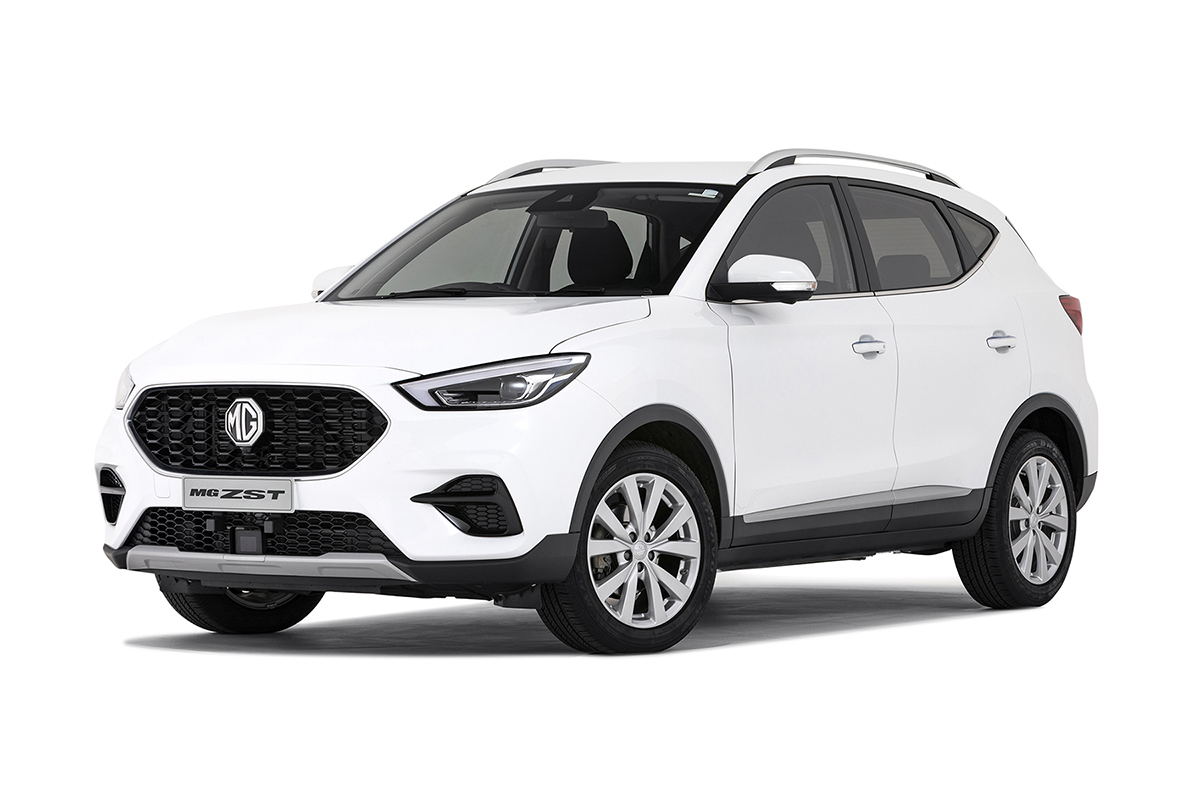
1) MG ZS/ZST – up 434 per cent
MG’s compact SUV has stormed into the lead of an intensely competitive segment thanks to sales surging from 1704 in the first half of 2020 to 9093 for the same period this year.
ZS sales have grown exponentially with the introduction of the newer ZST variant, which has also recently added cheaper Core and Vibe grades.
The ZS/ZST is currently outselling small-SUV sales giants such as the Hyundai Kona, Mitsubishi ASX and Mazda CX-30.
2) Suzuki Ignis – up 421 per cent
Another 400-plus percentage vehicle, though the Ignis owes more to returning to normal results than any remarkable change in buyer behaviour.
Suzuki sold only 173 Ignis models between January and June 2020 – likely owing to diminishing stock in the run up to a facelift introduced at the end of that period.
Just over 705 units were sold in the same period for 2019, which is closer to the 2021 year-to-date figure of 902 units.
3) Volkswagen T-Cross – up 389 per cent
VW’s smallest SUV has been making good progress since its introduction in 2020 and has benefited from a new, mid-range CityLife model in 2021.
Outselling equally new offerings such as the Ford Puma, Kia Stonic and Nissan Juke, as well as the slightly older Hyundai Venue, so far in 2021, the T-Cross is also hanging onto the coat-tails of the Toyota Yaris Cross.
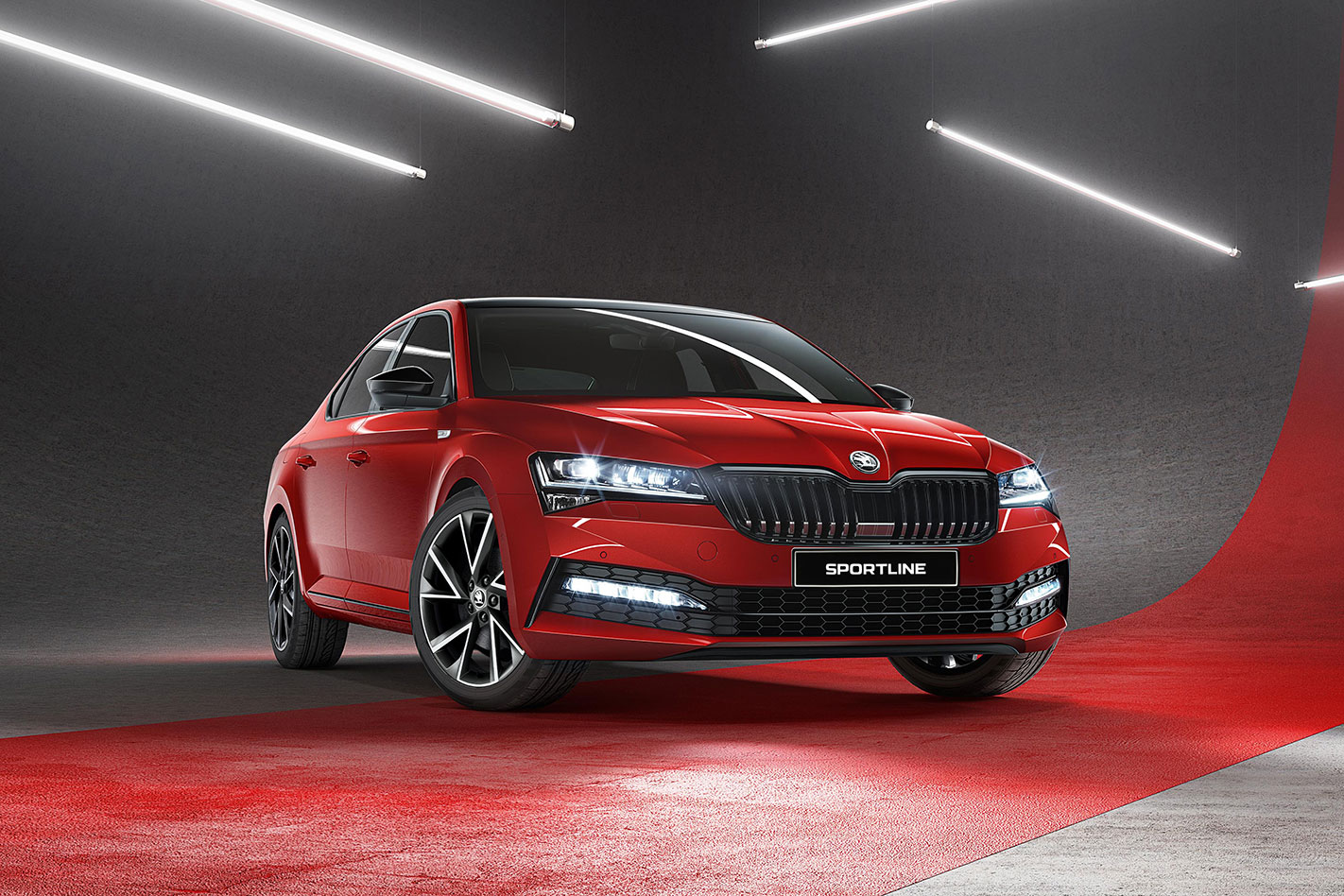
4) Skoda Superb – up 318 per cent
It’s still relatively low volume at 372 units, but the Superb’s 318 per cent growth is indicative of a Skoda brand truly on song in Australia (up 105 per cent year to date) – 14 years after returning properly to the market. It’s also no coincidence the Superb was refreshed in early 2021, including a return of the entry 162TSI variant.
5) Mercedes-Benz G-Class – up 292 per cent
The vehicle formerly known as the G-wagen is another noteworthy small-volume case, with sales almost quadrupling – from 87 to 341 units – through a doubling of variants offered. In early 2021, a G400d diesel joined the flagship AMG G63. Impressive figures for an off-roader which costs between $233,900 and $299,000 before on-road costs.
6) LDV D90 – up 235 per cent
LDV is another British-turned-Chinese brand performing exceptionally well in 2021, up 127 per cent year to date.
And while two of its commercial vehicles – the T60 ute and G10 van – are the biggest sellers, the company’s D90 seven-seater SUV is also growing in popularity. The D90 is up to 664 registrations so far this year.
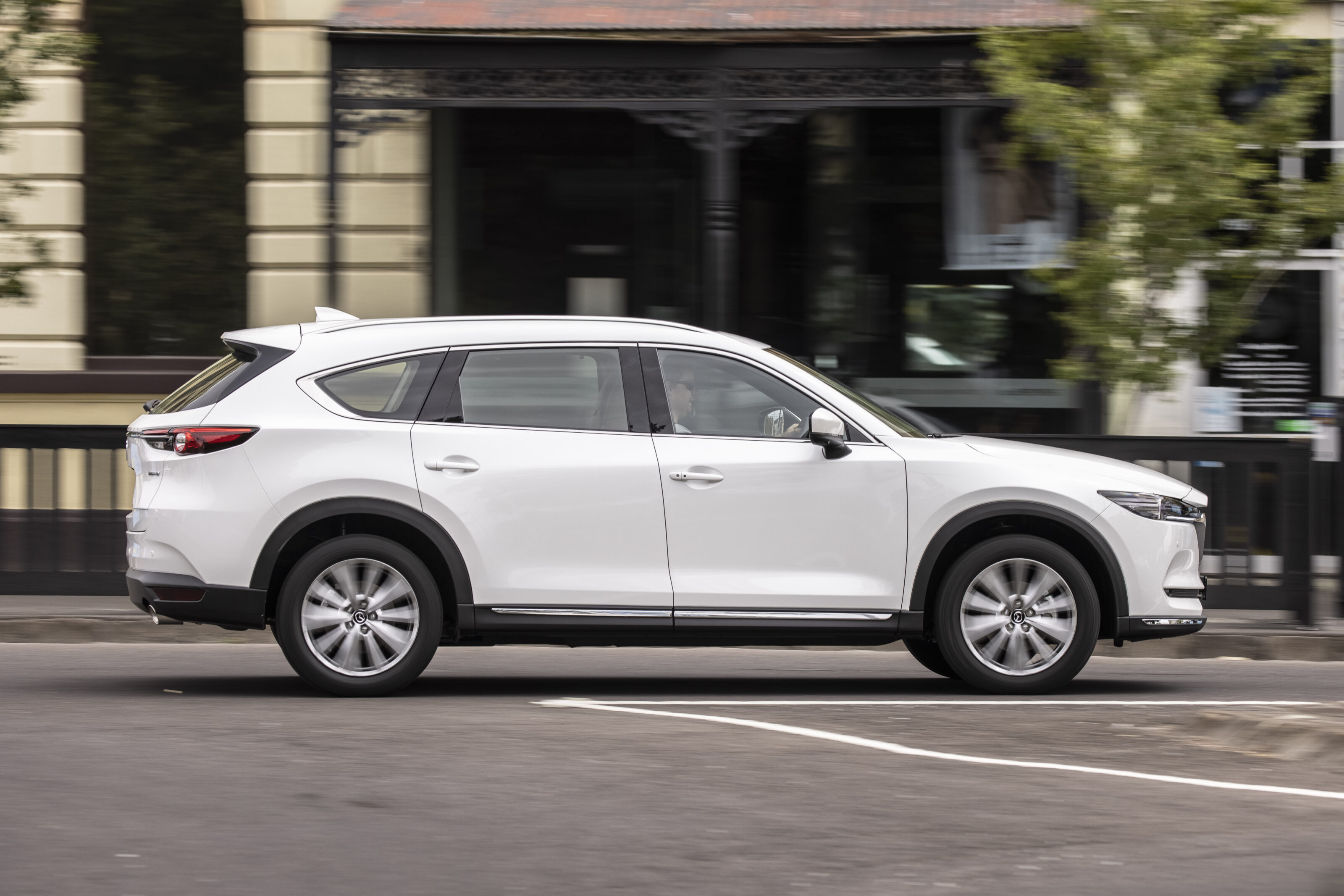
7) Mazda CX-8 – up 216 per cent
The more affordable of Mazda’s two seven-seater-SUV options has closed the sales gap to the slightly bigger CX-9. An early-2021 update for the CX-8 range – which included new variants – seems to have boosted sales, which now sit at 3524 units. The CX-9 is still ahead with 4321 units, despite offering only a single (turbo petrol) engine compared with the CX-8which has a choice of petrol and diesel.
8) MG HS – up 209 per cent
MG’s mid-size SUV rival for the likes of the Mazda CX-5 and Toyota RAV4 has more than tripled sales compared with this time last year – now up to 3470 units at the midway point of 2021. It’s not difficult to understand why. A new entry model was introduced in December 2020 and in early 2021 the line-up was further expanded with all-wheel-drive variants for the first time, as well as the addition of a plug-in hybrid version.
9) Volkswagen Multivan – up 202 per cent
Helped by a recent update (dubbed T6.1), VW’s people-mover is another of those models reverting to previous form.
While 595 registrations are triple the number of units sold in the first half of 2019, a better indication is the 559 Multivans sold between January and June 2019.
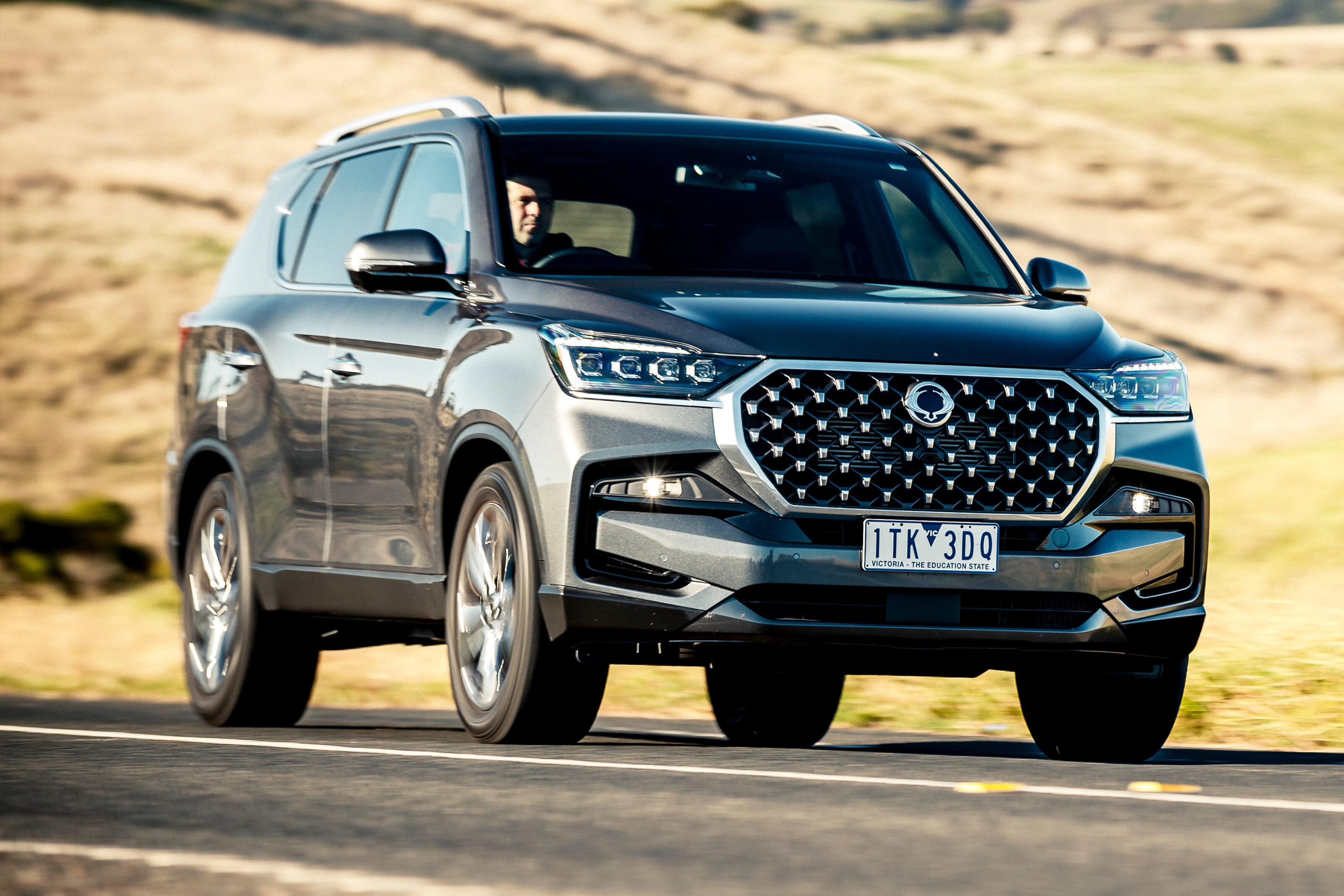
10) Ssangyong Rexton – up 182 per cent
The Korean brand’s is a small fish in the big large-SUV pond, though its 304 units still represents a promising year-to-date increase for the seven-seater which was given a facelift in early 2021.
11) BMW 4 Series – up 179 per cent
Sporty models can be particularly susceptible to newness when it comes to sales and there’s proof of this with the coupe and convertible versions of the 3 Series.
With a new-generation 4 Series introduced this year, sales have nearly tripled to 594 units. Guess that controversial grille isn’t such a big issue.
12) Ford Fiesta ST – up 167 per cent
Ford’s smallest car just squeaks past our volume limit by a single unit, yet it’s a worthy inclusion for the fact only a single variant is imported to Australia – and it’s the most expensive.
The Fiesta ST hot-hatch is at 251 units for the year, confirming that affordable pocket-rockets are still popular.
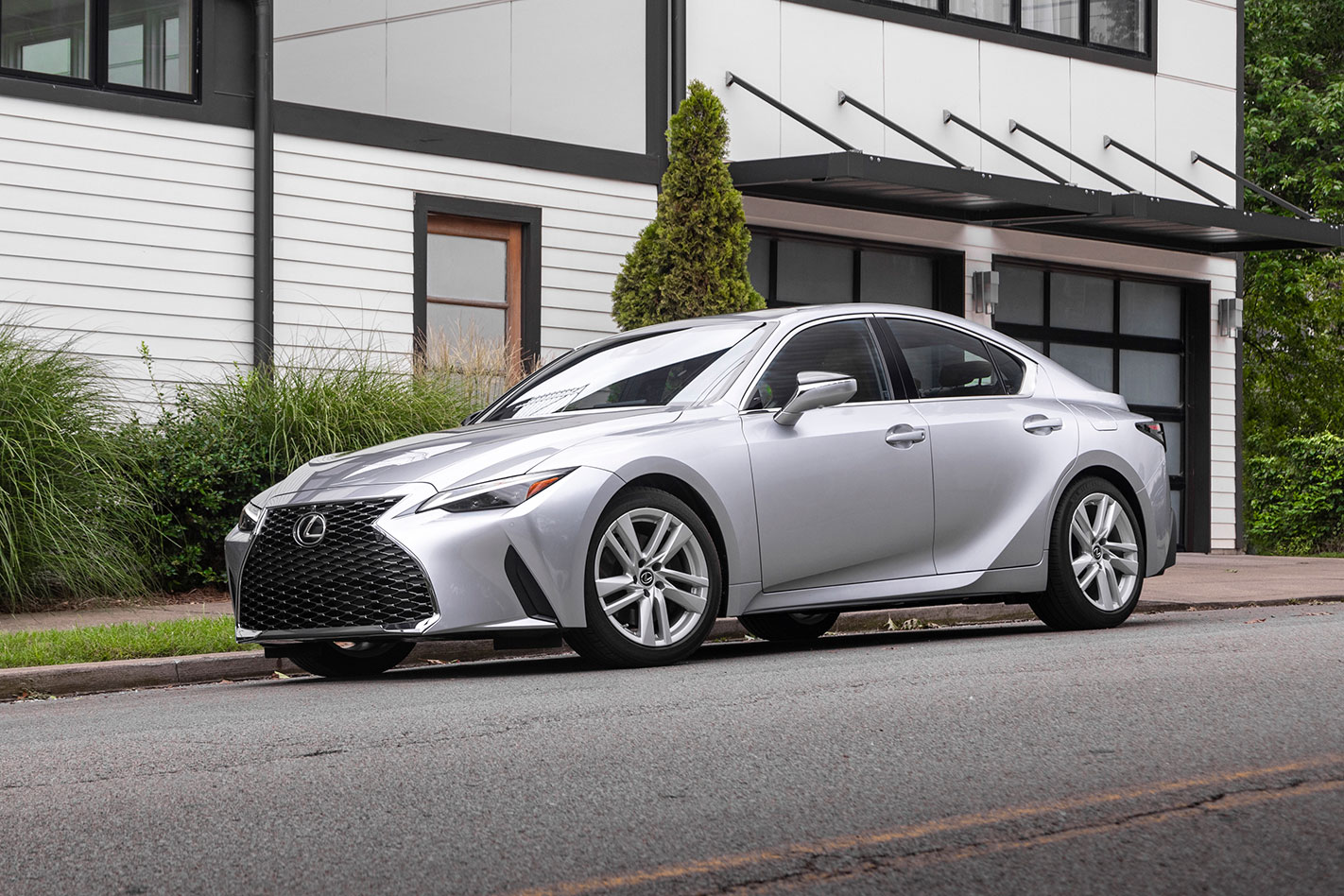
13) Lexus IS – up 144 per cent
It’s a bittersweet 2021 for Lexus’s famous mid-sized luxury sedan. On the sweet side: a heavily updated model introduced in late 2020 has contributed to the IS becoming the fastest-growing Lexus in Australia this year, even if 746 units is still well short of BMW 3 Series and Mercedes C-Class sales (but ahead of the Audi A4).
However, a bitter taste will be left in November when the model is axed owing to a lack of compliance with updated safety legislation.
14) Ssangyong Musso – up 142 per cent
Another SsangYong which isn’t going to make the majority of rivals tremble, but the Musso’s 916 units so far in 2021 is highly respectable growth – especially with an updated version only just released.
15/16) Joint Mazda MX-5 and MG3 – up 140 per cent
A small update and a new, racy GT RS variant have done wonders for Mazda’s world-famous roadster, which has climbed from 185 units this time last year to 444 registrations.
In 2020, the MG3 ended the Toyota Yaris’s domination of the city-car class and the form has continued into 2021. With 6981 sales, the little MG has made another big gain to take 20 per cent of its segment.
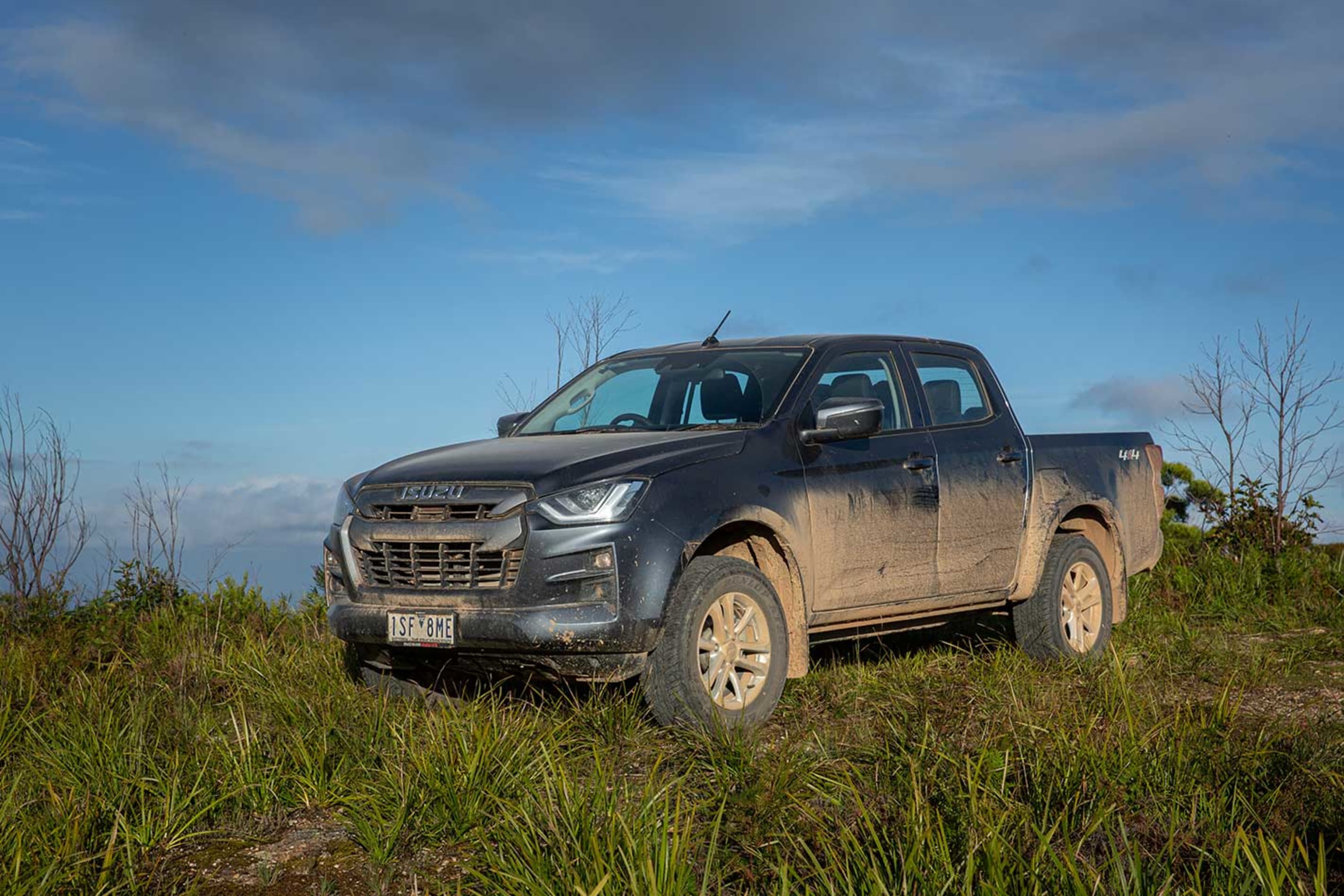
17) Haval H2 – up 138 per cent
The H2 has now been replaced by the Jolion as Haval’s compact SUV, though not before finishing off on a high with nearly 2000 sales for the first half of 2021.
18) Isuzu D-Max 4X4 – up 133 per cent
Isuzu is one of 2021’s star brand performers, and it’s essentially all down to the success of the new-generation D-Max ute – notably the 4×4 variant which is up to 10,682 units. The D-Max was even the country’s third most popular model in June – behind two other utes (Toyota HiLux and Ford Ranger).
19) Suzuki Jimny – up 126 per cent
The much-loved Jimny is still, well, loved much. And a new, cheaper variant called the Lite goes on sale in August, which should only further boost sales already close to 1500 for the year.
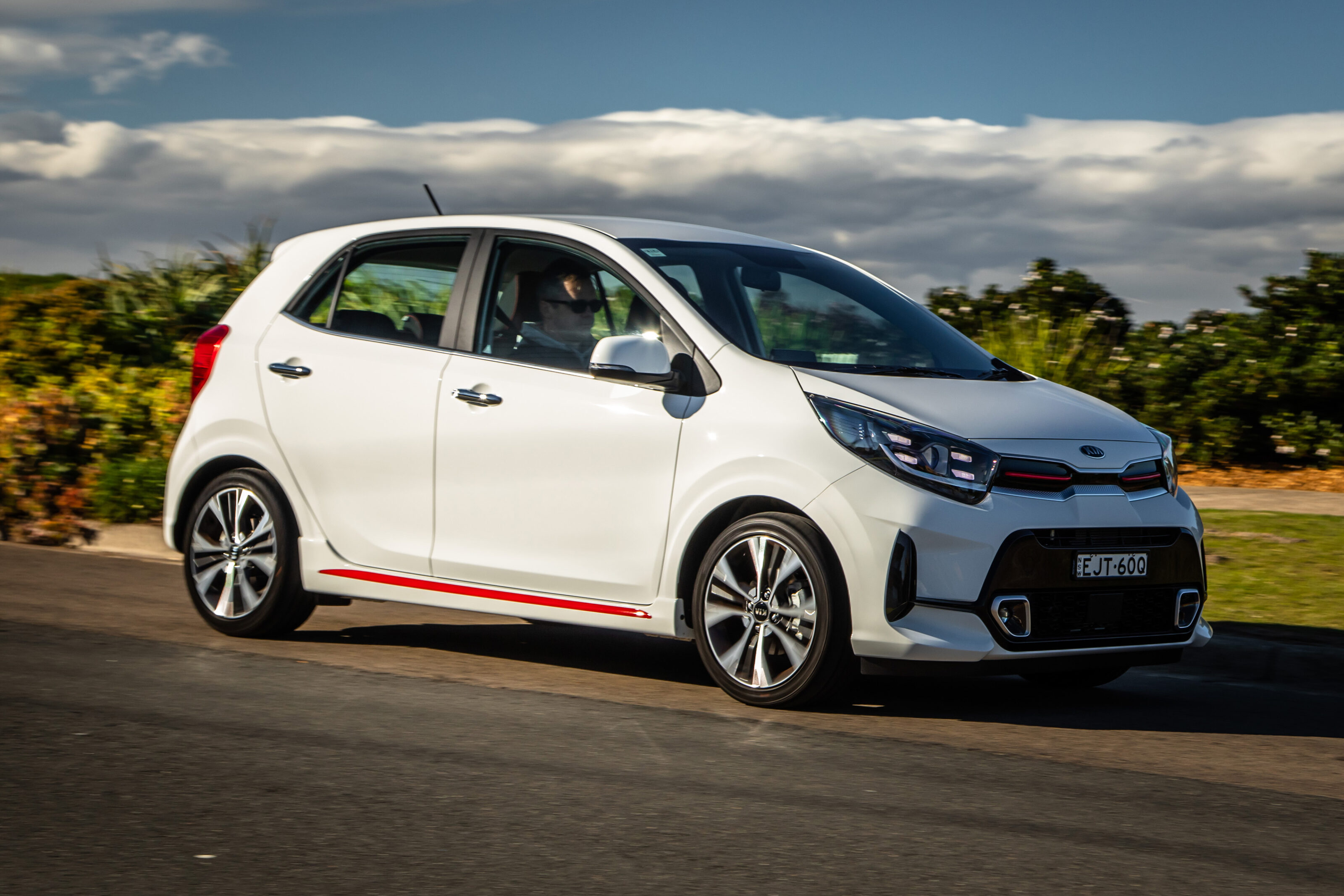
20/ 21) Joint Haval H6 and Kia Picanto – up 122 per cent
A new-generation H6 has only recently gone on sale, yet the mid-size SUV is already having a good year with 699 units so far.
An unexpected model is the fastest-growing Kia in 2021 – the Picanto micro car. The pint-sized hatchback is up to 3770 units so far this year, accounting for a sales increase which even surpasses that of the new-generation Sorento SUV (up 115 per cent).
We recommend
-
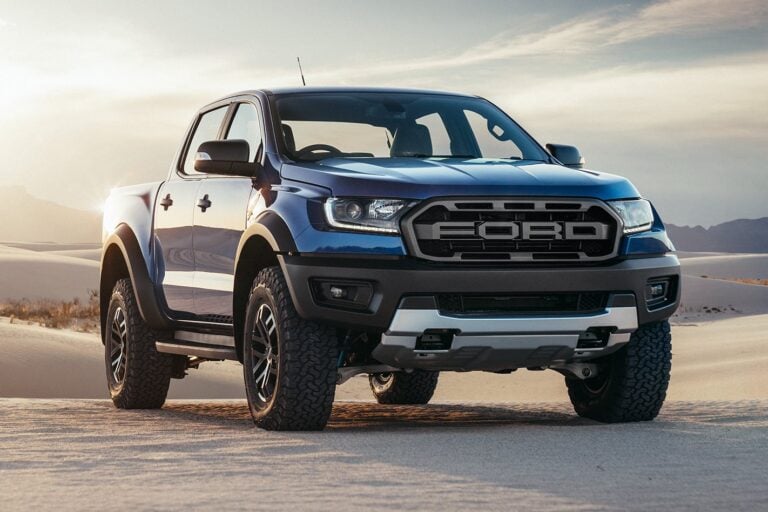 News
NewsVFACTS JUNE 2021: New-car sales stumble as utes dominate podium
Sales stall for the first time this year
-
 News
News2021 VFACTS half-term sales report – Part one: Alfa Romeo to LDV
Which manufacturers are rolling with the pandemic and parts-shortage punches of 2021 as the market continues its recovery?
-
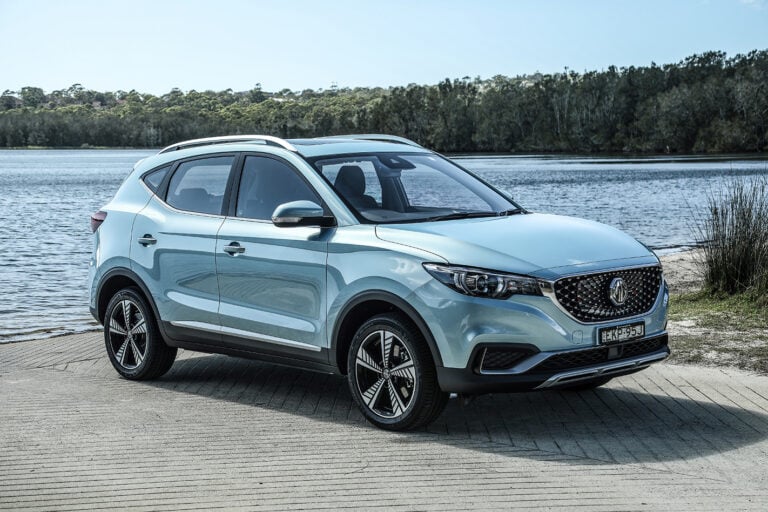 News
News2021 VFACTS half-term sales report – Part two: Lexus to Volvo
Which manufacturers are rolling with the pandemic and parts-shortage punches of 2021 as the market continues its recovery?




